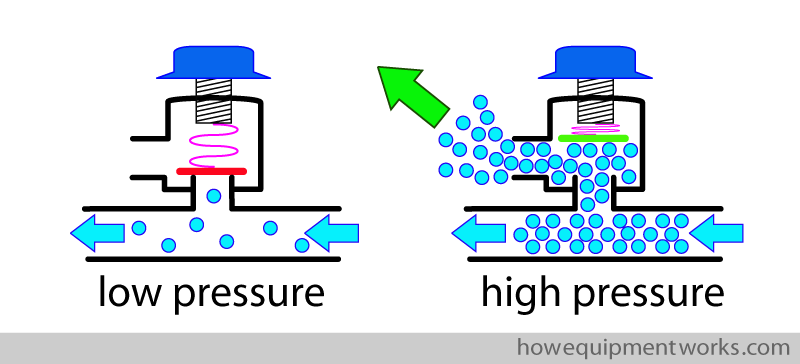Adjustable Pressure Limiting Valve (APL)
Bailey Freeman, DNP, CRNA and Angela Mordecai, DNP, CRNA
What Is the APL Valve?
The APL (Adjustable Pressure-Limiting) valve controls pressure in the anesthesia breathing circuit during manual or spontaneous ventilation. It allows excess gas to escape from the circuit and prevents pressure from building too high. This protects the patient’s lungs from barotrauma and the stomach from insufflation.

How Does It Work?
The APL valve sits near the reservoir bag. When the valve is:
- Fully open: Gas escapes freely. Very little pressure builds up.
- Partially closed: Pressure builds up to assist manual positive-pressure ventilation.
- Fully closed: Gas is trapped, and pressure rises quickly — this can be dangerous if not monitored closely.
Note: The APL valve is bypassed when the ventilator is in use. It only matters during manual or spontaneous modes.
When Do I Use It?
- During induction and emergence when you’re manually ventilating with the reservoir bag.
- When switching from mechanical ventilation to manual mode mid-case (e.g., troubleshooting).
- During spontaneous breathing trials (with minimal APL resistance).
How Do I Use It Safely?
- Set the anesthesia machine to manual/spontaneous mode.
- Start with the APL valve partially open — this avoids sudden high pressures.
- Begin ventilating the patient using the reservoir bag.
- Adjust the APL valve slowly to achieve visible chest rise, watching the manometer and patient response.
- Keep inspiratory pressures under 18–20 cm H₂O to prevent gastric insufflation or barotrauma.
How Do I Know It’s Working?
- Patient’s chest rises appropriately with each breath.
- ETCO₂ is present and within normal range.
- Oxygen saturation is maintained.
- Audible gas escapes from the scavenging system when the valve is open.
- Manometer readings match expected pressures (not too high, not too low).
Scope Guide
Strategies
- The APL valve only affects pressure in manual/spontaneous mode — not in ventilator mode.
- Feel the reservoir bag compliance as you adjust the valve to learn how it controls pressure within the system,
- Start with the valve partially open and gradually close to achieve chest rise without overpressurization.
Clinical Optimization
- Watch the pressure gauge and patient chest rise with each breath.
- Adjust the valve slowly and deliberately. Avoid fast or full closure unless clinically necessary.
- Use positive-pressure ventilation only when needed — avoid unnecessary high pressures.
Pearls
- The APL valve has no effect during mechanical ventilation — don’t rely on it for pressure control in that mode. Think of it like a separate “train track” when the ventilator is turned on.
- No chest rise? The valve may be too open, or there may be a leak.
- High pressure with no movement? The valve may be too closed, or there may be an obstruction.
References
- StatPearls. Anesthesia Machine. National Center for Biotechnology Information. https://www.ncbi.nlm.nih.gov/books/NBK572060/
- How Equipment Works. Circle Breathing Systems. https://www.howequipmentworks.com/circle_breathing_system/
- Royal College of Anaesthetists. Basic Anaesthetic Machine. https://www.rcoa.ac.uk/documents/basic-anaesthetic-machine
Media Attributions
- pl_low_high

